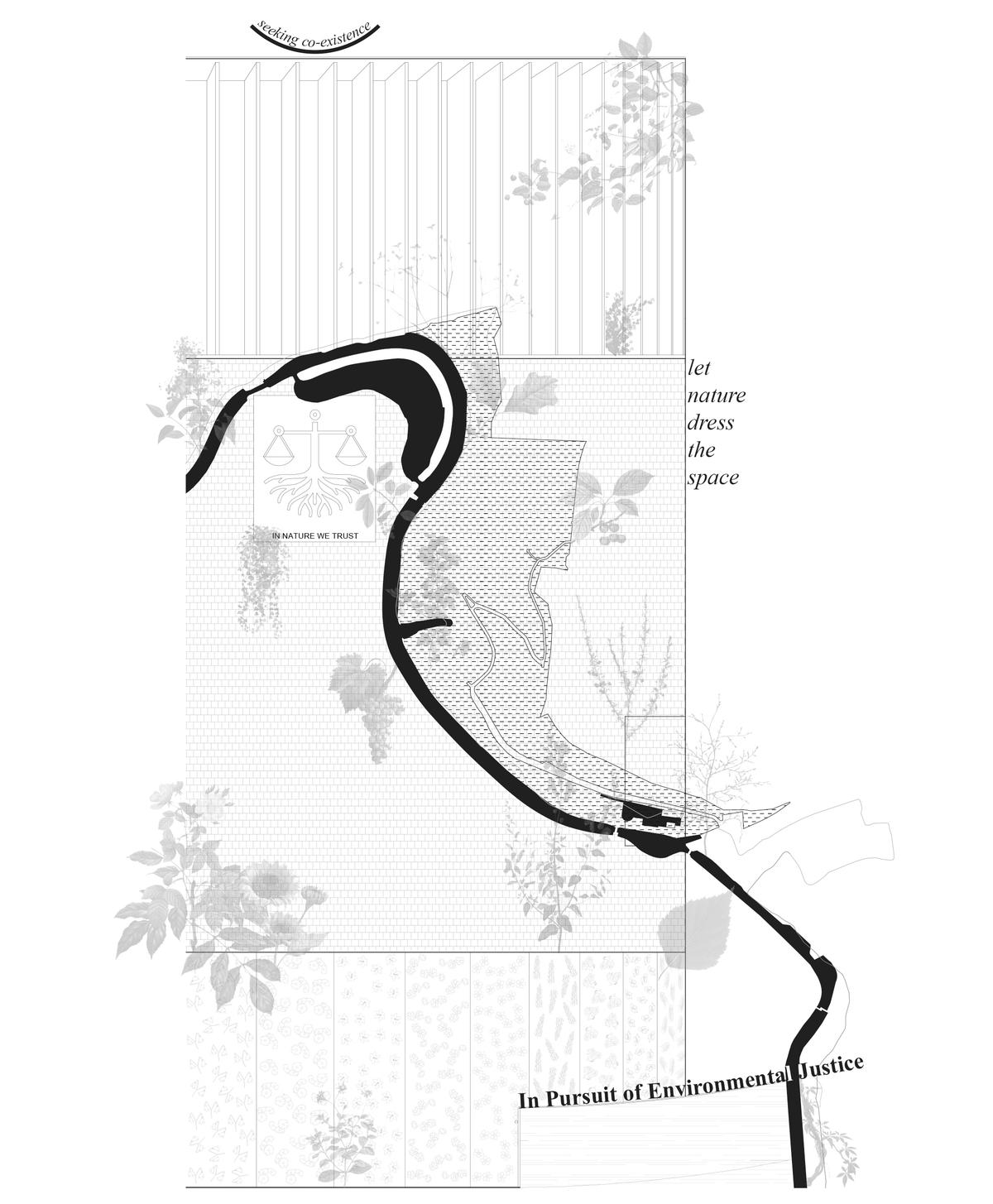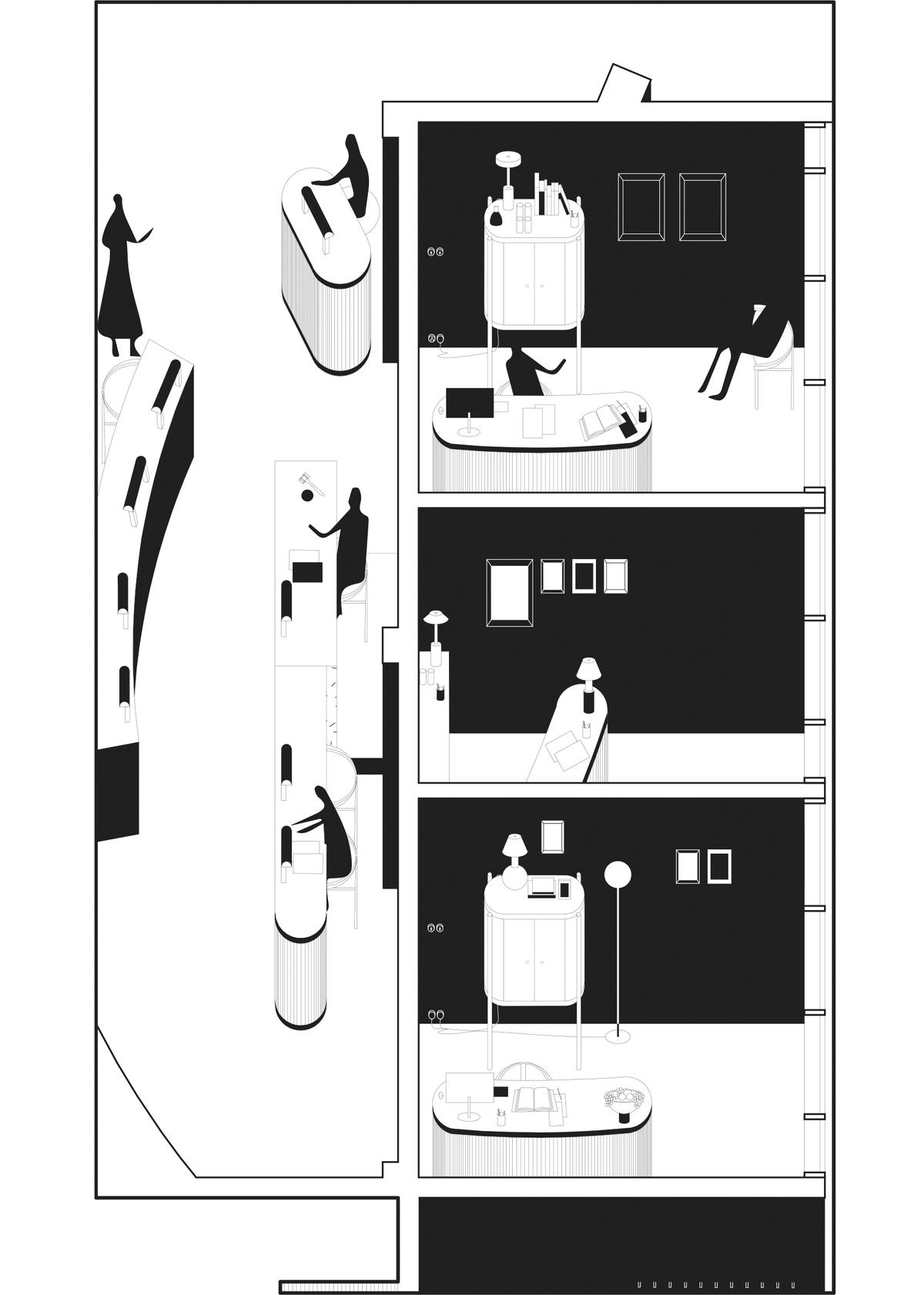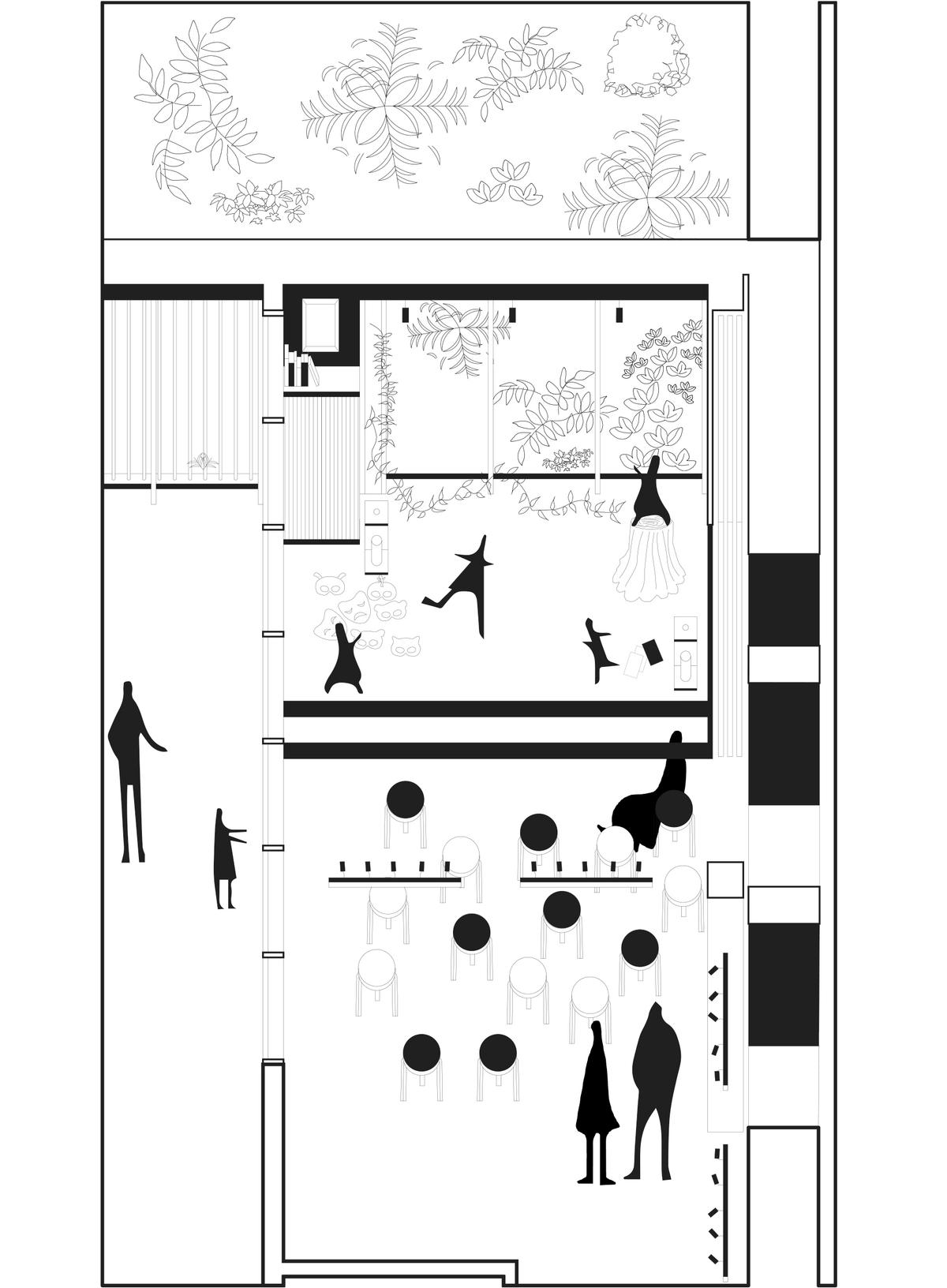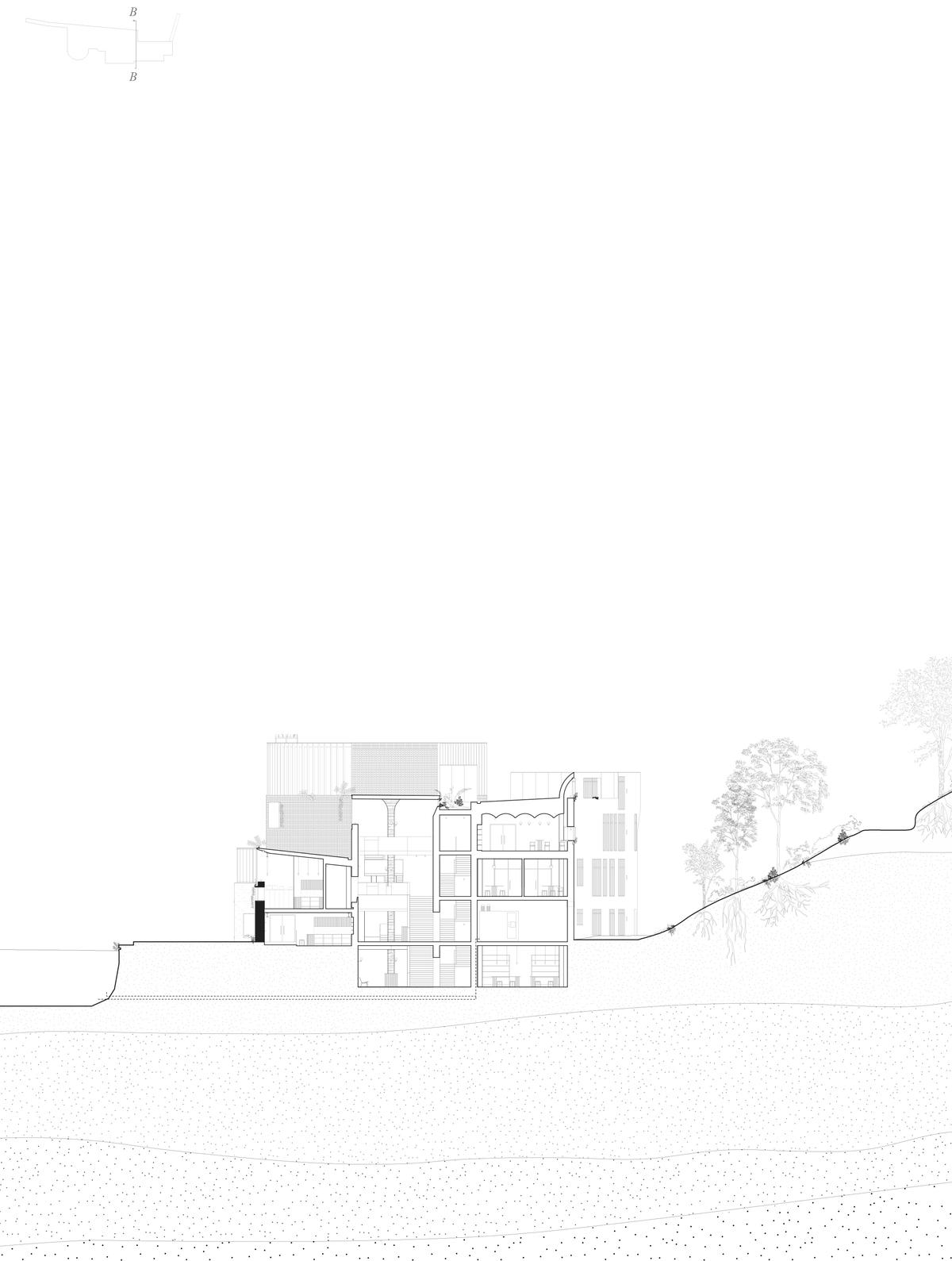Charlotte Sorenson
The Forgotten Waterways of Glasgow: The Glasgow Canal as a Corridor of Environmental Justice






Section AA': Environmental Justice Courts
In Pursuit of Environmental Justice: The proposed Environmental Justice Court and Rights Centre, as part of a national network, stresses the need for a specialised public environmental justice scene.
School/Level
Category
Year
Humanity has distanced itself from nature. Through negligence and demanding control, we have disrupted ecological networks - reducing biodiversity, fragmenting habitats, and decaying the environment. By relinquishing this control, we can create cities where humans and nature coexist. A behavioural paradigm shift is needed, to view nature as our heirloom, accommodate for it and recognise nature as a deserving right-bearing and equal entity. Environmental protection requires a global approach commencing at a local scale. Education and environmental justice are tools in combating nature’s demise. The notion of the Environment of Change mimics the cycle of nature: sowing an ‘idea’ seed for collective growth to emerge, to bloom and disperse knowledge and justice encouraging ecological stewardship.
This canal is a corridor of biodiversity, a meandering lively edge occupying a transitional line between city and nature. The increase in biodiversity occurring at borders where habitats meet, such as land meeting water, is known as the edge effect. The function and essence of the canal has been altered over time. From an industrial powerhouse and transportation corridor, to a site of leisure and creativity within an urban oasis, to the proposal of a setting advocating environmental repair, protection and responsibility. The canal’s new phase establishes an industry for educating and ensuring environmental justice.